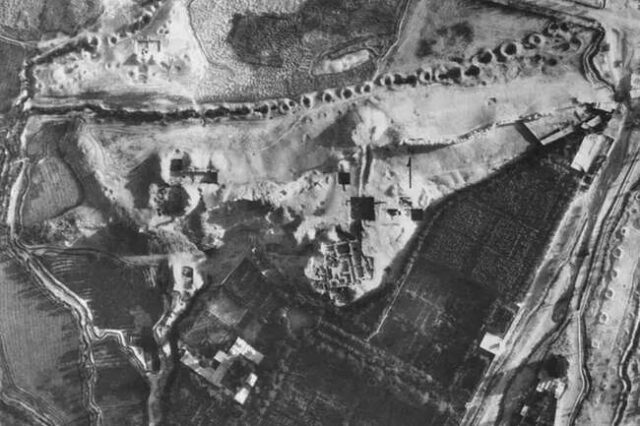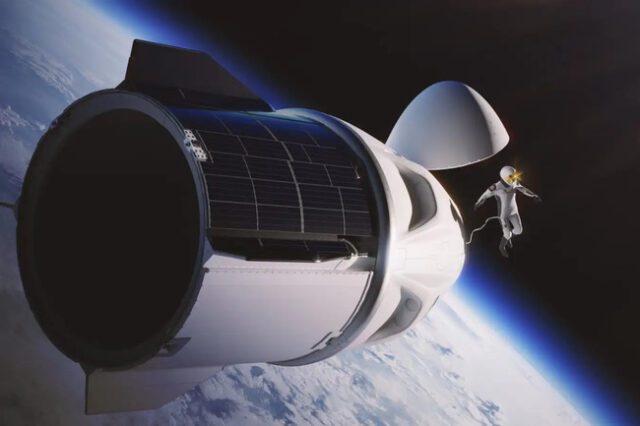
Spanish archaeologists have made a groundbreaking discovery by using AI to detect ancient underground aqueducts, known as qanats, in arid desert regions worldwide. The AI was trained to analyze Cold War-era spy satellite images taken by the HEXAGON satellite, which surveyed large areas of the globe between 1959 and 1986. These ancient irrigation systems, buried beneath the surface, are difficult to detect but essential for civilizations that thrived in desert climates. Qanats, which transported water from highland sources to the plains, were built underground to prevent evaporation and featured vertical shafts for ventilation and maintenance. These systems are not only found in the Middle East but also regions of North Africa, South America, China, and Central Asia.

Led by Hector Orengo from the Catalan Institute of Classical Archaeology, the AI was trained in known qanat locations such as Morocco, Afghanistan, and Iran. With remarkable accuracy, it identified 88% of qanats in satellite images and correctly mapped the entire length of 62% of these systems. This AI-driven method is far more efficient and safer than traditional human survey techniques, making it a valuable tool for uncovering hidden archaeological treasures. By detecting qanats, archaeologists can better understand how ancient societies adapted to extreme environments and utilized innovative water management techniques to sustain life in otherwise inhospitable regions.














